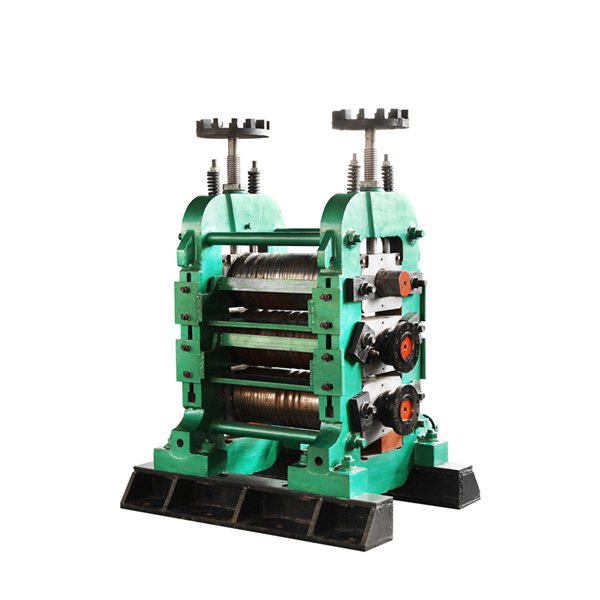The steel billet from the steel rough rolling mill is only a semi-finished product. It must be rolled in a steel rolling mill before it can become a qualified product. The continuous casting billets sent from the steelmaking plant first enters the heating furnace, then passes through the rough rolling mill for repeated rolling, and then enters the finishing rolling mill.

The steel rolling production line belongs to metal pressure processing. To put it simply, rolling steel plates is like pressing noodles. After multiple extrusions and pushes with a rolling pin, the noodles become thinner and thinner. In the hot rolling production line, the slab is heated and softened, and then sent to the rolling mill by the roller table, and then rolled into different sizes and shapes required by the customers.
The rolling mill is a continuous and uninterrupted operation. The steel strip runs on the roller table at a high speed, and the equipment has a high degree of automation and high efficiency. The steel ingot from the open hearth furnace can also be made into a steel plate, but it must be heated and rolled first before being sent to the hot rolling line for rolling. It is much simpler to use continuous casting slabs in the process. In general, the thickness of the billet ranges from 150mm to 250mm. The billets first go through the rough rolling mill, and then enter the finishing rolling mill through the roller table.
The finishing mill consists of 7 stands of 4-high rolling mill, with speed-measuring rolls and flying shears installed in front of the mill to cut off the head of the plate. The speed of the finishing mill can reach 23m/s. Hot-rolled products are divided into two types: steel coil and ingot-type plate. The thickness of the rail after hot rolling is generally several millimeters. If the user requires a thinner steel plate, it must be further cold-rolled by a cold-rolling mill.